Uncovering San Angelo’s Black History: Voices of the Past, Lessons for the Future
By: Lara Chomout
Black history in San Angelo begins with the Buffalo Soldiers, the all-Black regiments of the U.S. Army stationed at Fort Concho after the Civil War. These soldiers played a crucial role in protecting settlers, building infrastructure, and shaping the foundation of the city. Today, their contributions are honored at the San Angelo NAACP Buffalo Soldier Memorial, located at 717 South Oakes, a tribute to their lasting impact.
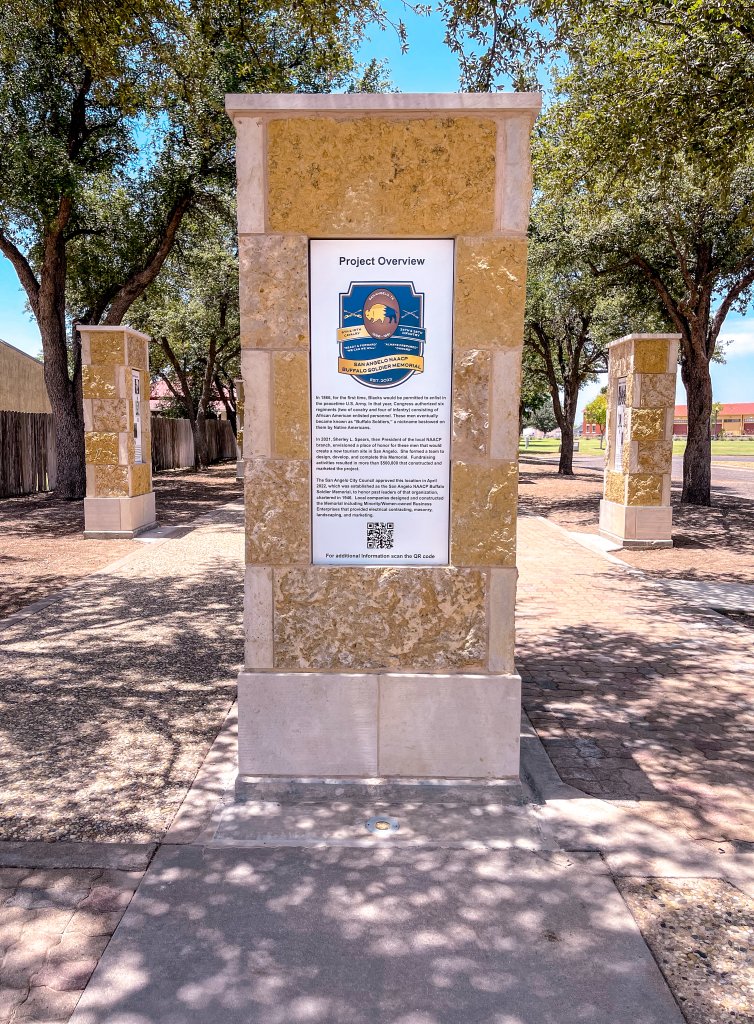
Visit the San Angelo NAACP Buffalo Soldier Memorial →
But Black history in San Angelo doesn’t stop there. Generations of Black leaders, educators, and changemakers followed, breaking barriers and strengthening the community. Their stories are woven into the fabric of our city, and by telling them, we ensure their legacies continue to inspire future generations.
San Angelo’s Black history is about more than famous names in textbooks—it’s about the everyday people who fought for education, opportunity, and justice right here at home. These are the stories that shaped the city we know today.
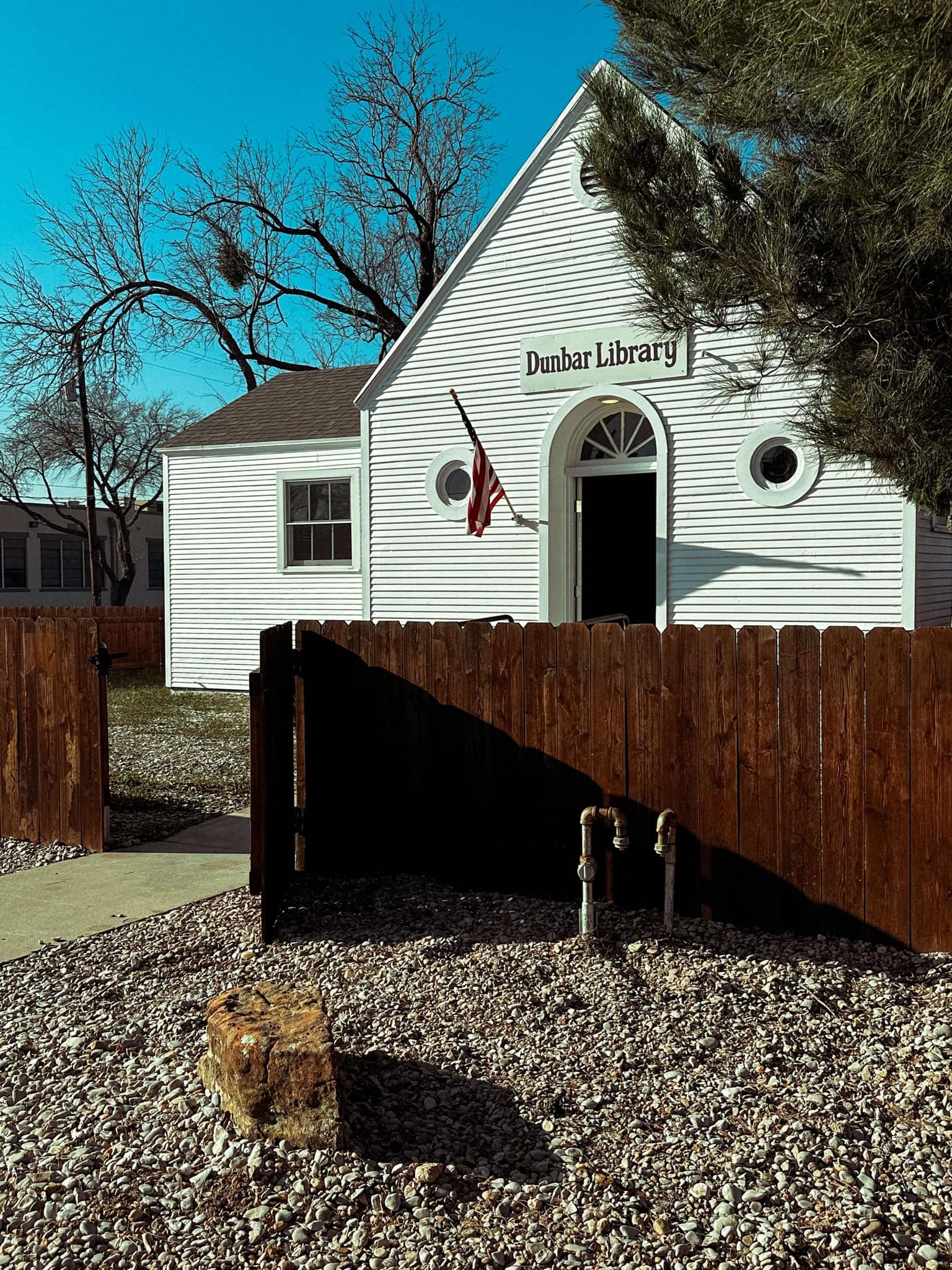
Dunbar Library: A Testament to Resilience
Have you ever visited the Dunbar Library? Once a cornerstone of San Angelo’s Black community during segregation, this historic space has been restored as a museum, standing as a testament to resilience. It’s a must-visit for anyone who wants to truly understand local history.
Ben Kelly: The First Black Football Player at a White Texas College
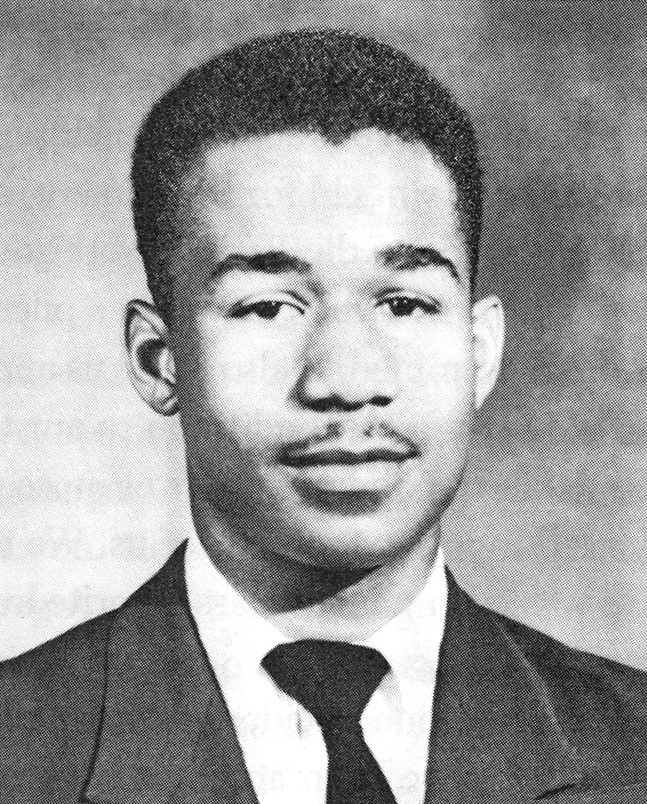
In 1953, Ben Kelly broke barriers as the first Black man to play college football at an all-white institution in Texas when he joined San Angelo College (now Angelo State University).
At a time when integration in Texas sports was almost unheard of, Ben’s determination and talent paved the way for future Black athletes. While his contributions have often been overshadowed by bigger programs, his legacy of perseverance deserves to be remembered.
Maggie Fulleylove Starks: A Funeral Home for the Forgotten
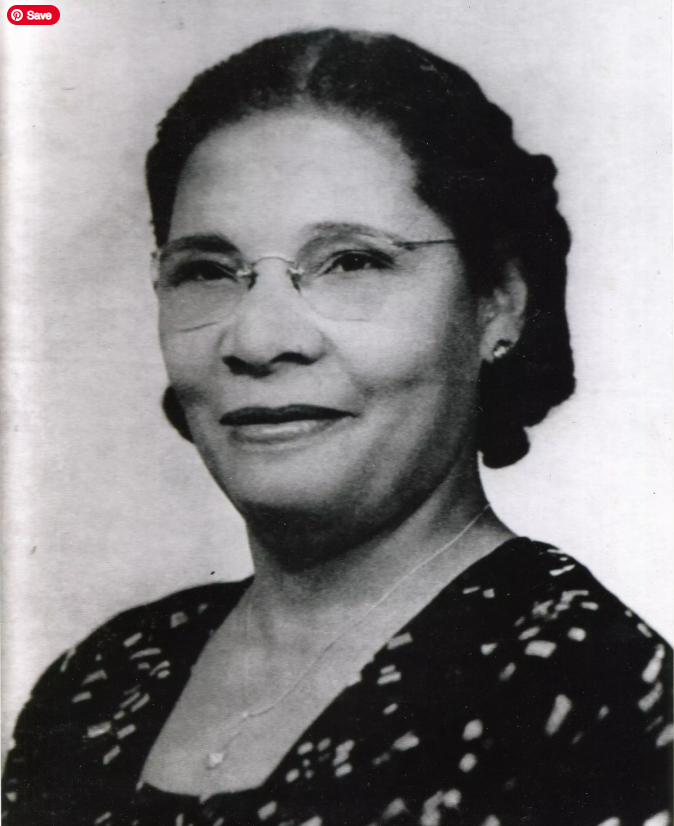
In the 1920s, Maggie Fulleylove Starks saw a need—Black families in San Angelo had few options for dignified funeral services. So she founded Starks Funeral Home, ensuring that everyone, no matter their financial situation, could receive proper care.
But she didn’t stop there. When cemeteries refused to bury Black residents, she created Delta Memorial Park, the city’s second Black cemetery, giving the community a resting place of its own. Her work was about dignity—both in life and in death.
Learn More About Maggie Starks →
Lula B. Hammond: The Woman Who Fought for Black Education
Before there was an elementary school for Black children in San Angelo, Lula B. Hammond stepped in.
It all started with a simple act of kindness—teaching a woman how to count change. That moment turned into community tutoring sessions, which turned into a movement.
Lula took the fight for education to the school board. When she was told to gather 35 signatures of support, she brought back 100. She refused to be ignored. Thanks to her persistence, a one-room schoolhouse was finally built, which today stands as the Boys & Girls Club—an organization later founded by none other than Ben Kelly.
Blackshear Leopards: San Angelo’s Forgotten State Champions
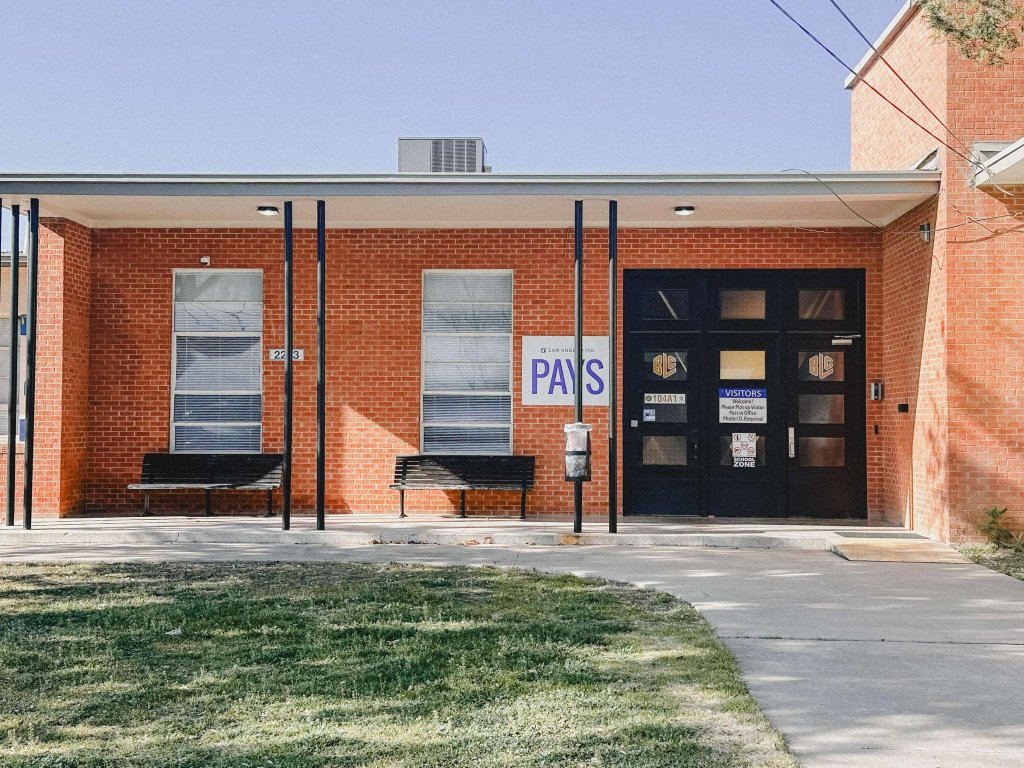
In 1950, under the leadership of Coach Allie Thomas, the Blackshear High School Leopards won the Class AA state football championship in the Prairie View Interscholastic League—a huge victory in a time of segregation.
Players like Harry Wright went on to make history in college football, but the impact of their coach and this championship season stretched far beyond the field. It was proof of Black excellence in a system that often overlooked it.
From Paul Harris, Go San Angelo, “Here are the players from that team — Roy Hudson, Aaron Kinmon, Richard Foster, Ivan McKinney, Kent Johnson, Harry Wright, Ray Hudson, James Norton, Elgie Hudson, Leroy Crawford, James Kelly, George Kinmon, Bobby Abies, Leray Crawford, Wayne Greene, Ralph Powell, Ralph Jackson, Donald Williams, Nathaniel Kelly, Milford McDonald, Audrey McCrimmon, Joe N. Haywood, M.G. Givens, Ray Dell Johnson, Hubert Willis and Freddy Kelly.“
Read More About the Championship Team →
J.W. Walker and St. Paul Baptist Church: A Legacy of Leadership
We can’t talk about Black history in San Angelo without talking about J.W. Walker, a former Buffalo Soldier at Fort Concho who went on to establish San Angelo’s first Black church, Greater St. Paul A.M.E. Church, in 1883.
Years later, another church—St. Paul Baptist Church—became a vital part of the community, serving as both a place of worship and an underground classroom when Black children were denied education.
For over a century, Black churches in San Angelo have been more than places to gather on Sundays. They’ve been the heart of the fight for justice, education, and progress.
Learn More About St. Paul Baptist Church →
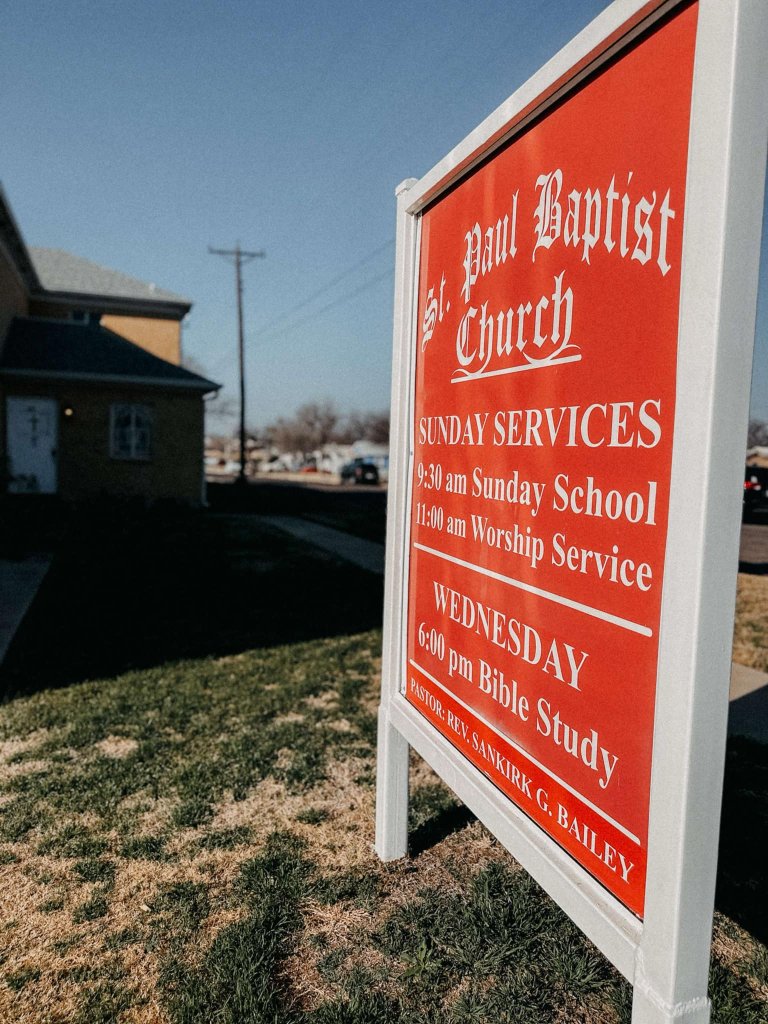
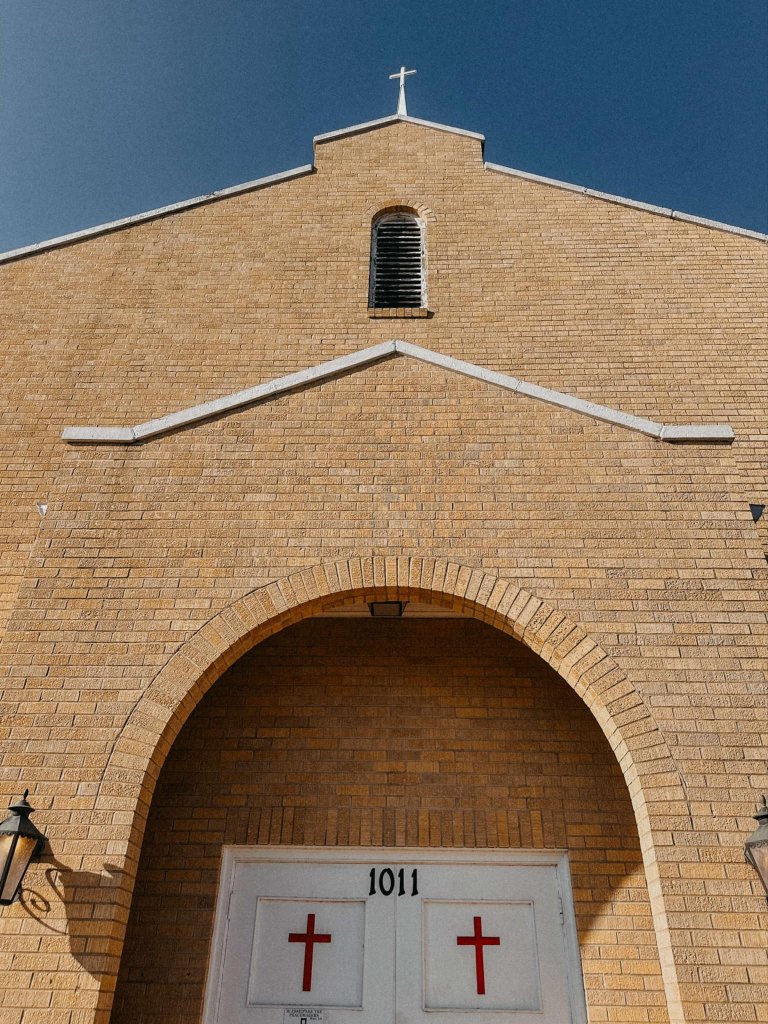
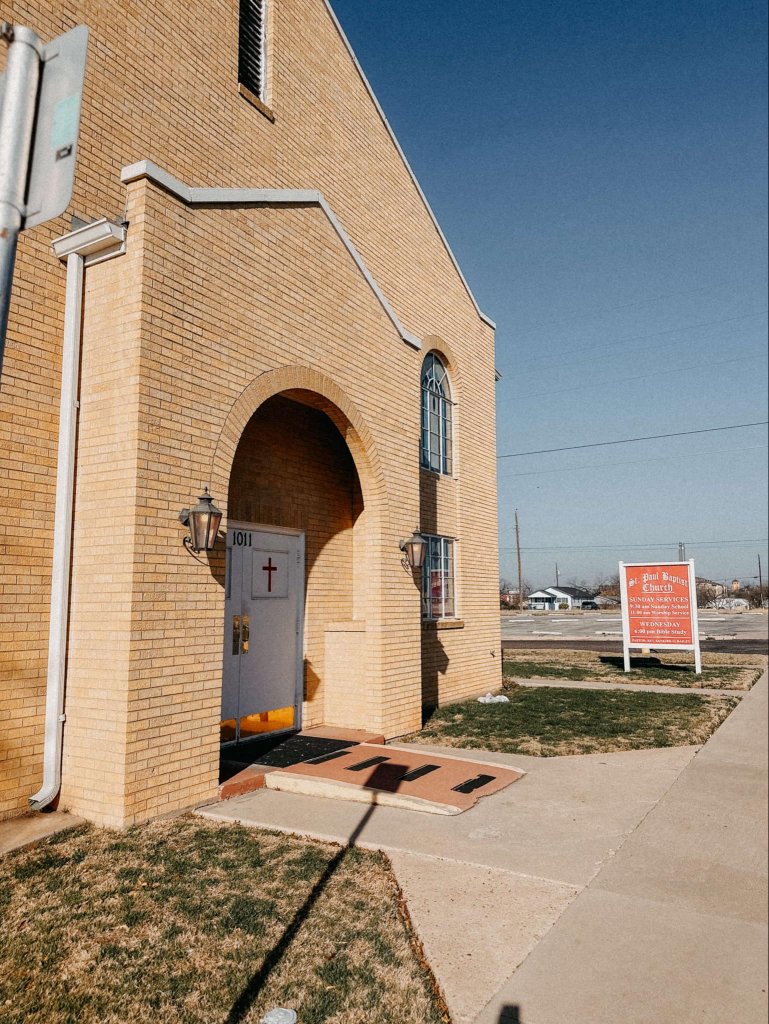
Mary Frances Simpson McFall: Breaking Barriers in Higher Education
In the 1950s, before Texas colleges were fully integrated, San Angelo College quietly admitted its first Black students. Among them was Mary Frances Simpson McFall, who became the school’s first Black graduate in 1955 and was named Outstanding Graduate of the Year.
She grew up in a segregated San Angelo, experiencing firsthand the harsh realities of racism. But despite the barriers, she succeeded—opening the doors for future generations of Black students.
Lou Williams: From Slavery to San Angelo
Born into slavery in Maryland in 1829, Lou Williams lived through the Civil War, Reconstruction, and eventually made her way to San Angelo. At 108 years old, she was still walking around town with her crutch—a living reminder of history.
She witnessed families being ripped apart at slave auctions. She remembered seeing blood on the ground from cruel whippings. She recalled women being forced to give birth in the fields and return to work immediately after.
Her story is one of survival, and we honor her as a reminder of the resilience so many had to embody just to endure.
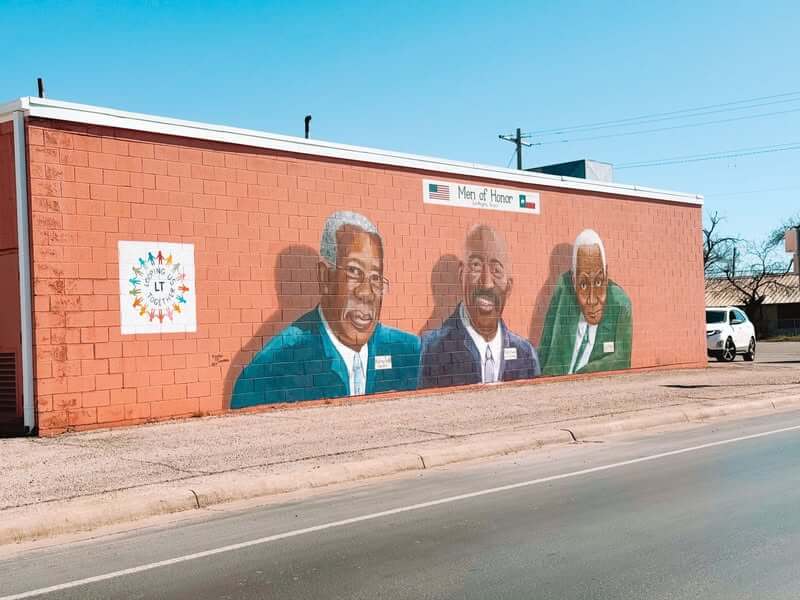
Honoring Black History in San Angelo, Texas Through Art: The Men of Honor Mural
Public spaces play an important role in keeping history alive. The Dunbar Library, once a crucial gathering place for San Angelo’s Black community during segregation, has now been preserved as a museum. Today, it serves as a powerful educational space, ensuring that future generations understand Black history in San Angelo, Texas beyond the classroom.
Similarly, the recently unveiled Men of Honor Mural recognizes Black community leaders who have shaped San Angelo’s past and present. Their faces, now immortalized in art, remind us that history is not just something we read about—it’s something we continue to build every day.
Know Your City’s History
Black history isn’t just something we reflect on once a year—it’s something that continues to shape the San Angelo we know today. These stories deserve to be told, shared, and remembered.
Let’s keep telling them.

